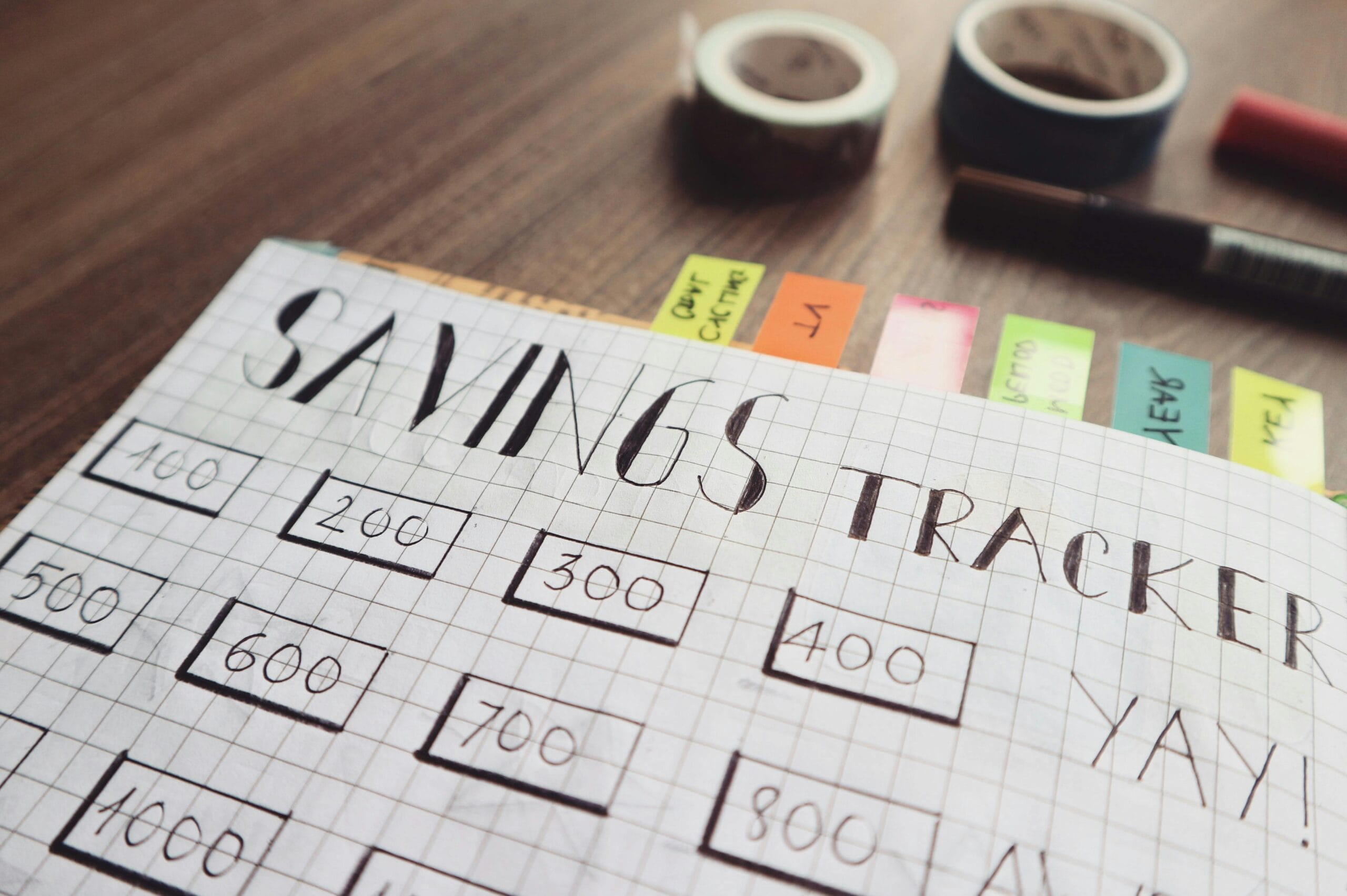How to Set Realistic Financial Goals
(That You’ll Actually Stick To)
Introduction
You’ve probably tried budgeting before—maybe even a few times. You write down your expenses, track your income, and promise yourself this is the month it finally clicks. But something’s still missing. That missing piece? Real financial goals.
Without clear goals, a budget is just numbers on paper. But when you set realistic goals, your budget becomes a tool to move you forward—whether that means getting out of debt, saving for a home, or finally booking that overdue vacation.
In this post, we’ll walk you through everything you need to know to set financial goals that actually work. You’ll learn a simple framework (SMART goals), see real-life examples, and get a free printable worksheet to help you get started today.
👉 Related: Budgeting 101: The Basics of Creating a Budget
What Are Financial Goals?
A financial goal is a specific money milestone you want to reach. It could be something small—like saving $200 for a holiday—or something major, like becoming debt-free or retiring early.
Types of Financial Goals:
| Type | Time Frame | Example |
|---|---|---|
| Short-Term | 0–12 months | Save $1,000 for an emergency fund |
| Mid-Term | 1–5 years | Pay off student loan debt |
| Long-Term | 5+ years | Save for a house down payment or retirement |
Setting different types of goals gives you balance. You can make progress now while working toward your bigger dreams over time.
Why Setting Realistic Goals Matters

You don’t need to save $50,000 this year to be successful with money. In fact, setting too big a goal can backfire.
Research shows that 83% of people abandon their goals within the first 30 days—often because those goals weren’t realistic or specific enough.
Realistic goals help you:
- Avoid burnout
- Build confidence with small wins
- Stick to your budget with purpose
💬 Tip: Start with goals that feel slightly challenging—but doable. You want progress, not perfection.
👉 Related: Common Budgeting Mistakes and How to Avoid Them
The SMART Framework for Money Goals
One of the most popular ways to create realistic financial goals is the SMART framework. It stands for:
S — Specific
“I want to save $600 for car repairs”
Not just: “I want to save money.”
M — Measurable
Use numbers to track progress.
“Save $100 per month for six months.”
A — Achievable
Can you realistically hit this goal with your income and expenses?
R — Relevant
Does it align with what really matters to you?
T — Time-bound
Set a clear deadline:
“By December 1st” instead of “sometime later.”
How to Set Your First 3 Financial Goals
Ready to make this real? Let’s walk through the steps.
1. Review Your Current Finances
Start with a monthly budget. How much do you spend, save, and earn?
📊 Try this tool: Monthly Budget Calculator
2. Set One Goal for Each Type
Here’s a sample setup:
- Short-term: Save $300 for back-to-school supplies
- Mid-term: Pay off a $1,200 credit card over 12 months
- Long-term: Build a $5,000 emergency fund in 2 years
3. Use Tools to Help You Plan
- Use our Savings Goal Calculator to break down how much to save each month
- Try a budgeting app like YNAB or Goodbudget
- Visual learner? Use a budget planner notebook or magnetic goal tracker (like this one on Amazon) to stay motivated
🛒 Other helpful Amazon tools:
- A cash envelope wallet system for managing spending
- A whiteboard goal tracker for visual reminders
- Budgeting workbooks for monthly progress check-ins
Tips to Stay on Track
Even the best goals can lose momentum. Here’s how to keep going:
✅ Track progress weekly
Write it down, use an app, or mark off a tracker on the fridge.
🎉 Celebrate milestones
Hit a savings goal? Treat yourself (within reason). Small rewards go a long way.
🔁 Review quarterly
Life changes—update your goals every 3 months if needed.
What to Do If You Fall Off Track
Life happens. And honestly? Nobody nails it 100% of the time.
If you miss a goal or fall behind:
- Revisit your SMART checklist. Was it too ambitious?
- Adjust the timeline or amount. Progress > perfection.
- Reflect on why the goal mattered to you—and reframe it if needed.
👉 Growth with money is about the long game. A detour doesn’t mean failure.
Conclusion: Start Today
Setting realistic financial goals helps turn your budget from a chore into a roadmap. Whether it’s saving a few hundred dollars or preparing for the long term, your goals give your money purpose.
🎯 Ready to get started?
- Set one short-, mid-, and long-term goal this week
- Use our free calculators to help you stay on track


